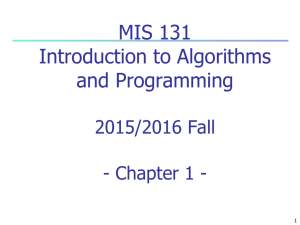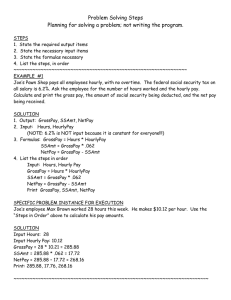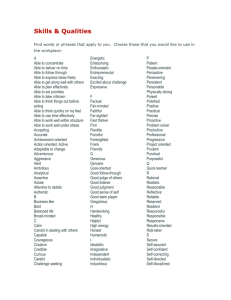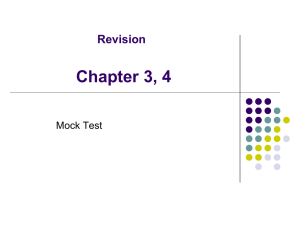Tutorial 1 Introduction to computers, the Internet & VB .Net
advertisement
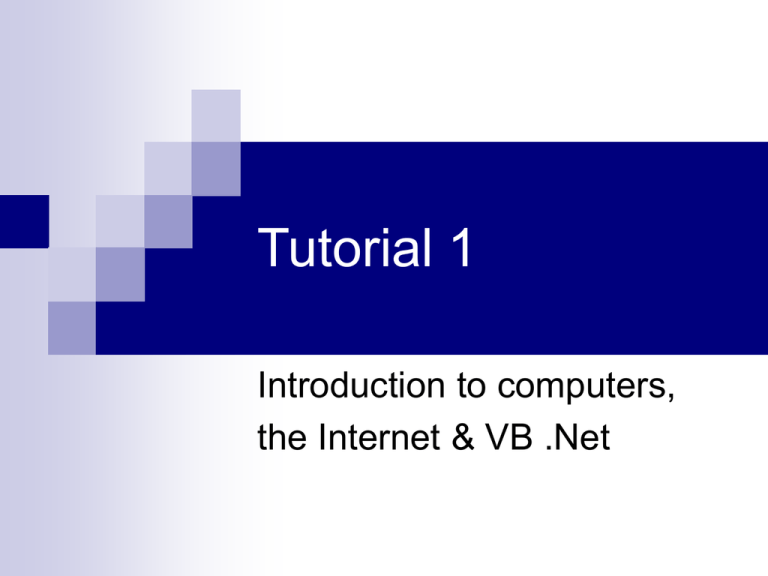
Tutorial 1 Introduction to computers, the Internet & VB .Net What is a Computer? Examples? History A device capable of Performing computation Making logical decisions Faster than human Process data using computer programs What is a computer program? A set of instructions a.k.a. application & software Computer Organization Input devices: keyboard, mouse, scanner, microphone, digital camera, & etc. Output devices: monitor, printer, projector, device control, & etc. Memory: Primary memory, RAM. Voatile. Arithmetic & logic unit (ALU): Performs calculation, logical comparison, decision making. Continue Central processing unit (CPU): Administrates process operations. Secondary storage: Long-term storage of applications and data. E.g. hard drive, CD/DVD drive , & etc. Three Types of Languages Machine language: A natural language of a particular computer machine dependent. +3422221207 +4060234234 +6345335372 Continue Assembly language: English-like. Translator program called assembler converts to machine language. LOAD BASEPAY ADD OVERPAY STORE GROSSPAY High-level language: More convenient for programmers. GrossPay = BasePay + OverPay High level languages Visual Basic .Net: Evolved from Visual Basic. GUI. Object Oriented. Pascal, C, C++, C# COBOL Java HTML?, JavaScript?, VBScript? Language Relationships Refer to http://www.erg.abdn.ac.uk/users/gorry/eg2068/course/comp.html What is .Net A set of software technologies for connecting information, people, systems, and devices. Based on Web services—small buildingblock applications that can connect to each other as well as to other, larger applications over the Internet. http://www.microsoft.com/net/basics/ Continue Object Oriented Programming Example: What if the replicater does not use OOP? Structure: Object.Property or Object.Attribute Object.Behavior or Object.Method Class: Related objects. E.g. car, wheel, hub, bolt, & etc.
